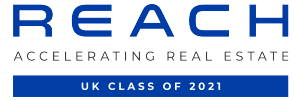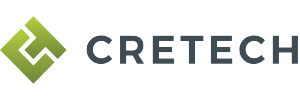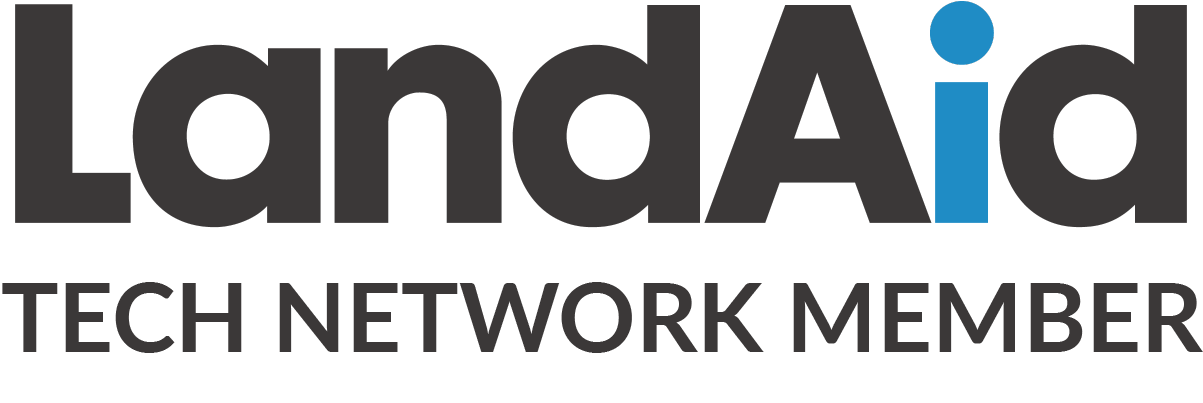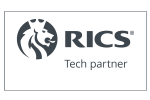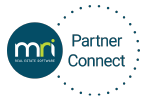Earlier this year, a renewed set of standards for cleanliness in healthcare environments was put forward, seeking to ensure that healthcare providers built upon and maintained the rigorous hygiene standards necessitated by the pandemic.
The National Standards of Healthcare Cleanliness 2021 encompasses all healthcare environments in the United Kingdom, including hospitals, primary care facilities, dental care facilities and GP surgeries, among many others, while also extending compliance to other communal spaces where first-line treatment is issued.
The standards have been introduced and expanded upon to improve flexibility, transparency and quality through a three-stage audit, with a particular focus on increasing collaboration and cooperation between staff members.
Conducting healthcare audits is essential in healthcare environments, ensuring infection prevention and control practices are upheld to the highest standard, while at the same time affording a clear framework that enables staff to assess, evaluate and implement changes to improve healthcare services.
However, auditing has long been a resource drain due to the nature in which they are typically conducted. Historically speaking, audits have been predominantly paper-based. As a result, audits can be slow and laborious, lacking transparency and quality.
Frontline staff often cite burnout and complacency when it comes to prevention and control auditing. Recognising this, the NHS made a number of recommendations to help frontline staff revolutionise the way in which they conduct cleanliness audits.
Section 10 of The National Standards of Healthcare Cleanliness clearly lays out technologies that can assist in the three-stage audit process, with section 10.2 reinforcing the necessity for tech adoption: “Information technology plays an important part in the audit process, documenting findings and analysing failures, trends, and results.”
In addition to this, it offers guidance when procuring a digital auditing tool to ensure that any technology is fit for purpose, is easy to use, scalable and real-time.
Why choose a digital auditing tool?
Auditing in a healthcare environment can often be subjective. Visual inspections of assets, facilities and spaces rely on the expertise of the auditor to observe and collect information. Because of this, there are few staff members in any given healthcare facility qualified to conduct a thorough audit with minimal bias.
Training staff to conduct thorough audits can be expensive and time-consuming, so healthcare providers are now looking to digital auditing tools to help them conduct cleanliness audits of a consistently high standard, augmenting their existing workforce.
However, not all cleanliness auditing software is created equal. A number of options on the market require their own training, which defeats the purpose of adopting user-friendly and universal technology to counter a shortfall in trained staff.
So, how do healthcare providers identify the appropriate solution for their facility? Here are a few things to look at when procuring digital auditing software.
Evidence-based
Digital auditing software enables staff members to collect photographic and video evidence for further review. If something has been missed in the first visual check, multimedia evidence can be revisited, eliminating bias.
Easy to use
Although some technologies seem mystifying, the best digital auditing tools are built with the user in mind. Often requiring little to no training, the best options are user-friendly and intuitive, with understandable, manageable workflows that make a huge difference to the auditing process.
Collaborative
One of the biggest challenges facing healthcare providers is a lack of transparency in their auditing process. With collaboration and cooperation front of mind, digital audits tie together departments and stakeholders from across the organisation, making information sharing simple.
Scalable
The ease with which the software’s functionality can be increased or decreased is absolutely vital, as the level of demand in any given healthcare facility varies. To use the pandemic as an example, healthcare providers using a rigid, unscalable solution would’ve had to completely overhaul their auditing process to meet the additional demands. A scalable solution that grows with your facility is essential.
Measurable
Data is increasingly valuable to any organisation, and this is true for healthcare providers, too. In order to assess, evaluate and implement changes to improve healthcare services, users must be able to take the data and information captured in a digital audit so they can share it with stakeholders and other departments. The measurable insights contained within digital auditing tools are vital to make informed decisions.
Connected
It’s also important to note whether or not the digital auditing software is part of a larger suite of services or if it is a standalone product. If it is unable to integrate and ‘talk’ to other services, tools, technologies or software, then it is not suitable to meet the demands of a demanding healthcare facility. Healthcare providers should look out for integrations and APIs that help them take their digital audits and transfer them to a central quality management system.
The digitisation of healthcare
Digitising all aspects of healthcare, not just cleanliness auditing, is critical to the future success of healthcare facilities. Allocating resources more efficiently and providing outstanding patient care, while at the same time maintaining a well-sanitised, monitored, and clean healthcare facility has become more achievable than ever with new technologies.
Using digital auditing software, healthcare providers can be sure that every aspect of their facility’s cleanliness is properly monitored and maintained, helping them to identify areas they may have previously overlooked. By taking a digital approach, collaboration among frontline workers and management is improved, while at the same time boosting productivity, efficiency and, above all, patient satisfaction.



